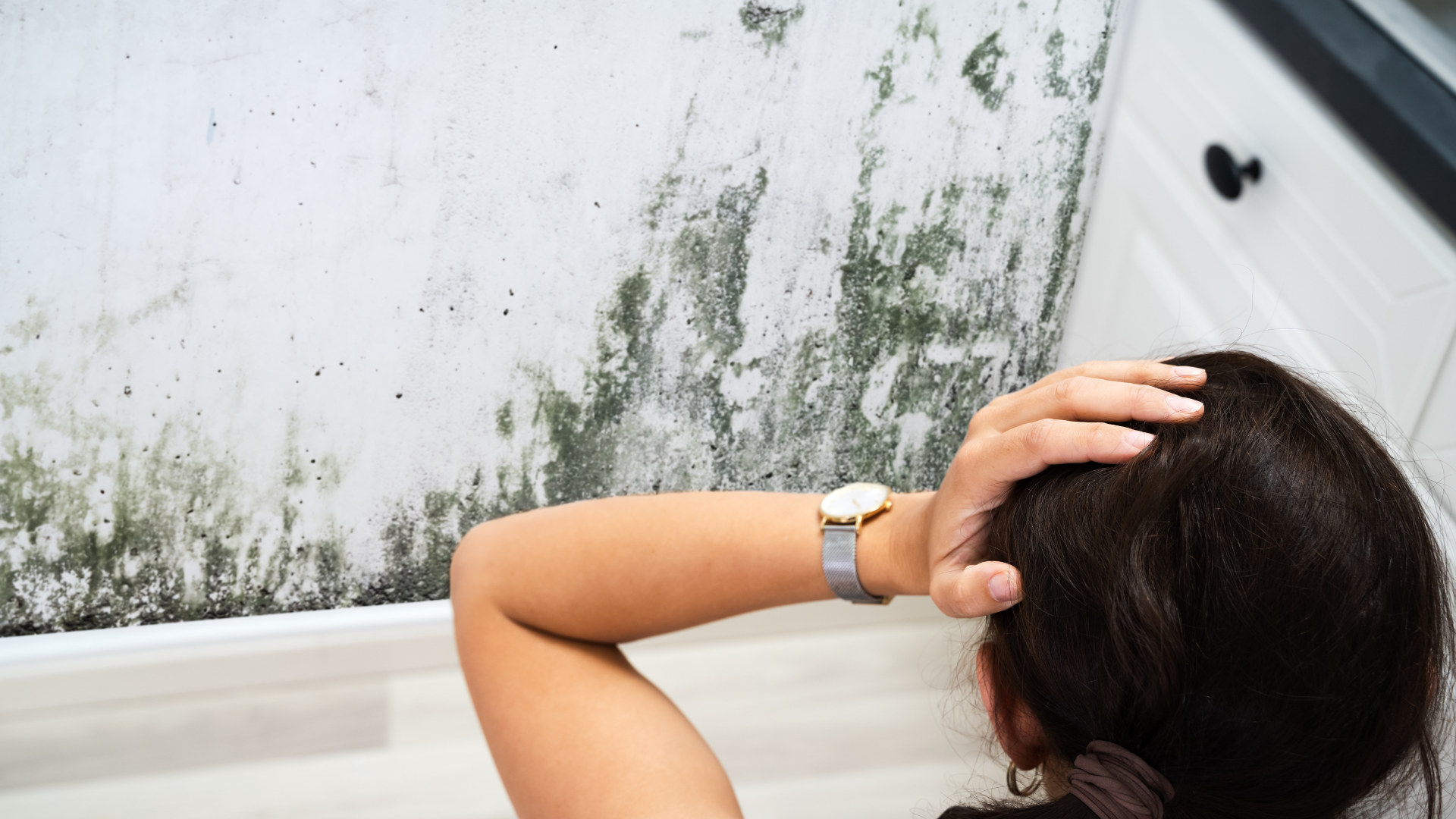
05 Sep. 22
How to Get Rid of Mold and Mildew after a Flood
Mold and mildew are both fungi that grow in moist conditions. Mold is usually green or black, while mildew is usually white or gray. Both can cause serious damage to your home and your health if they are not removed quickly. Mold and mildew can cause serious health problems, such as respiratory infections, skin rashes, and headaches. They can also damage your home’s structure and belongings.
Mold and mildew need three things to grow: moisture, warmth, and food. They often grow after floods because there is plenty of moisture for them to thrive in. They can also grow in areas that have high humidity, such as bathrooms or kitchens. The best way to prevent mold and mildew is to keep your home dry. If you live in an area that is prone to floods, make sure to have a good waterproofing system in place. You should also keep your home well-ventilated so that moisture can escape.
Mold and mildew exist after a flood because they are both fungi. Fungi thrive in damp, warm environments with little or no light. When your home floods, it creates the perfect conditions for mold and mildew to grow. That’s why it’s so important to get rid of mold and mildew as soon as possible after a flood. The first step in getting rid of mold and mildew is to identify where they are growing. Look for dark, damp, or musty areas in your home. These are the places where mold and mildew are most likely to grow.
Once you’ve found the areas where mold and mildew are growing, the next step is to clean them. Begin by removing any wet or damp items from the area. Then, use a solution of bleach and water. You can also use commercial products that are designed to kill mold and mildew. Be sure to wear gloves and a mask while you’re cleaning to protect yourself from mold and mildew spores. In addition, be sure to follow the instructions carefully so that you do not damage your home or harm yourself.
After you’ve cleaned the area, it’s important to dry it completely. Use fans or dehumidifiers to remove any remaining moisture. Once the area is completely dry, you can begin to repair any damage that was caused by mold and mildew. This may include replacing drywall, flooring, or insulation. If you take these steps, you can get rid of mold and mildew after a flood and prevent them from coming back.
Mold and mildew can be dangerous if they are not removed quickly. if you’re experiencing mold and mildew post-flood, don’t worry – you’re not alone. But that doesn’t mean you have to put up with the gross stuff, either. There are plenty of ways to get rid of it, and we can help. Contact us today at Drying Tech Water Damage Specialists for more information on our services or to schedule an appointment! We look forward to helping you clean up your home – and your peace of mind.
